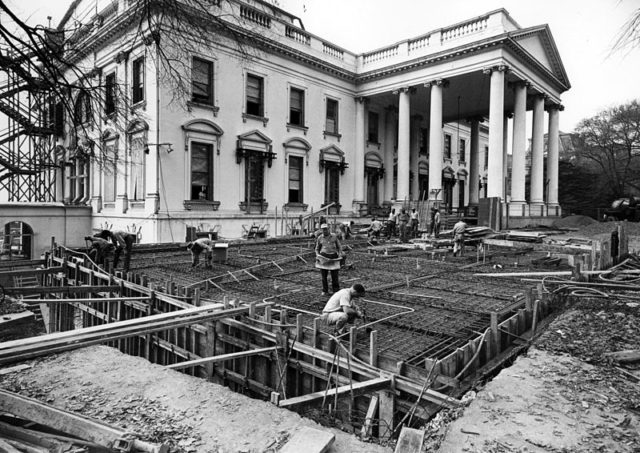The White House has long been hailed as the symbol of American determination and resilience to combat communism during the Cold War, and is often perceived as an icon of modern democracy.
The value of the White House, the centre of American political activities, significantly increased post World War II, when the United States played a crucial role in saving Europe from the Nazi menace.
Though some historians challenge this notion, calling Russia the savior of Europe instead, America certainly did become the centre of opposition to communism after the second World War.
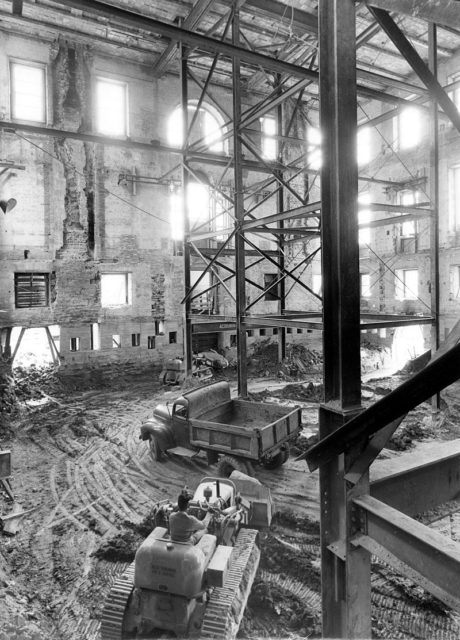
Soon after the end of the Second World War, when the attention of the world shifted from the ‘destruction’ to reconstruction, the White House also needed to be restored.
President Harry S Truman commissioned the entire structure of the White House to undergo extensive rebuilding, after he nearly fell through the floor of his bath room onto hundreds of dignitaries that were enjoying a ball on the level below.
The guests at the ball would have been showered with fragrant water from the bath, along with pounds of plaster and debris had Truman crashed through the ceiling wearing nothing but his reading specs. The only alarm that the visitors received was a violent shaking of the large chandelier that hanged over the blue room, which was larger than an average fridge and weighed upwards of 1,200 lbs.
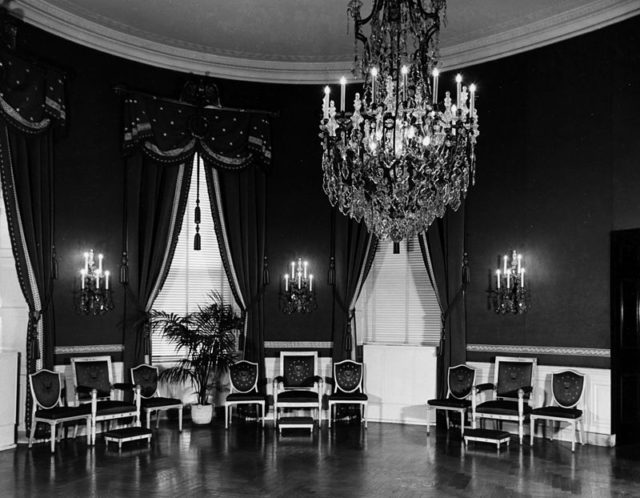
The reconstruction of the White House, also known as the Truman Reconstruction, was a huge undertaking that spanned over four years from 1949 to 1952, and involved the comprehensive dismantling of the structure and later rebuilding of the interior.
The White House building prior to this Reconstruction had been a fragile construction, which was brought to an imminent collapse because of inadequate foundations, hurried renovations, an added Third Floor, and a century of wartime destruction with failed reconstruction attempts.
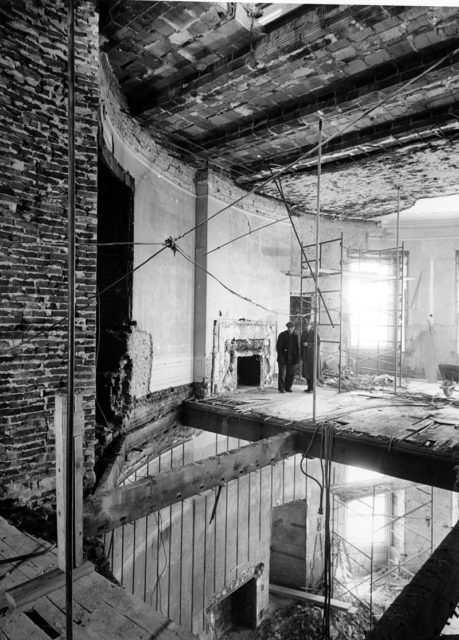
In 1948 an architectural and engineering investigation of the building was carried out which deemed the structure unsafe for the occupancy, forcing the President along with his family, and his staff, to relocate across the street. The following three years saw the White House gutted, rebuilt and expanded. The reconstruction, however, attracted a mix of appreciation and criticism as the costs, scope and historical authenticity of the task carried out became controversial, some deeming it a disaster while others called it a crucial task.
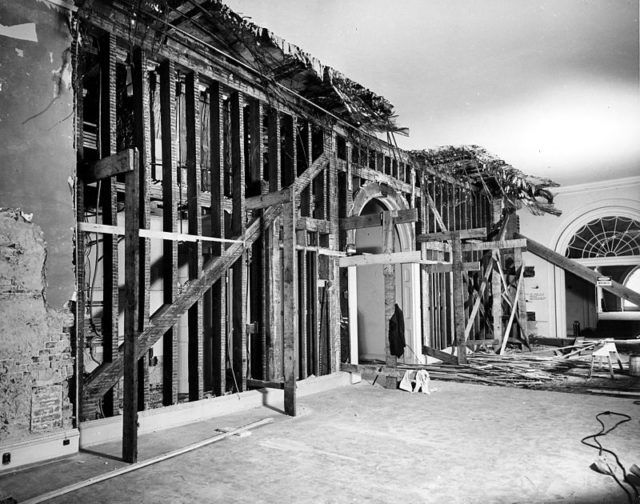
The lack of funds during the depression years, followed by the Second World War, had meant the White House received very little attention by authorities.
Prior to the Truman Reconstruction, Congress had almost reached a consensus to scrap the building. Truman argued for the historical significance of the building, and asked for 5,400,000 dollars for the reconstruction of White House, to bring back its glory and keep the iconic building alive.
